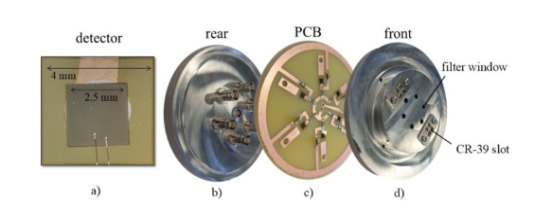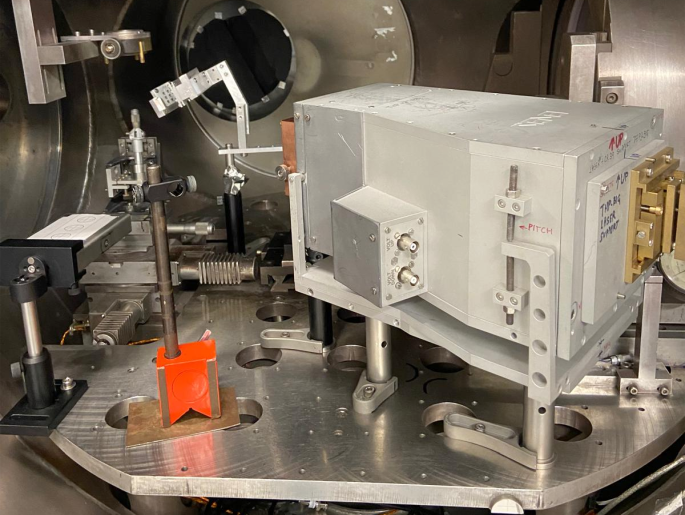FUsion StudIed of prOton boron Neutronless reaction in laser-generated plasma
Local Manager: Claudio Verona; PI: Giuseppe Cirrone (LNS).

The FUSION project aims to investigate the nuclear reaction between a proton and a boron-11 nucleus (p+11B → 3α), considered one of the most promising alternatives to conventional deuterium-tritium fusion. This reaction involves only stable and naturally abundant isotopes and does not produce neutrons among its primary products, thus eliminating the issues related to tritium handling and neutron-induced damage and radioactivity in reactors. The resulting three α-particles exhibit a broad energy spectrum centered around 4 MeV.
Over the past years, p11B fusion has been successfully triggered using high-power lasers, showing a remarkable and still unexplained increase in reaction yield. However, a systematic study of the underlying physics and the optimization of reaction conditions is still missing.
FUSION addresses this gap through an integrated approach: the realization of experimental campaigns with nanosecond laser systems (WP1), the characterization of proton and alpha stopping powers in boron plasmas using conventional accelerators (WP2), the development of advanced solid targets (WP3), and the design of innovative diagnostics (WP4), including a matrix of time-of-flight (TOF) diamond detectors and Thomson parabola spectrometers.
The main goal is to maximize the p11B reaction yield in laser-generated plasmas and to gain a deeper understanding of the fundamental physical processes involved, paving the way for potential future applications of aneutronic fusion.

References:
https://iopscience.iop.org/article/10.1088/1748-0221/18/06/C06027
https://iopscience.iop.org/article/10.1088/1748-0221/18/07/C07008
https://iopscience.iop.org/article/10.1088/1748-0221/18/07/C07022



















































































































